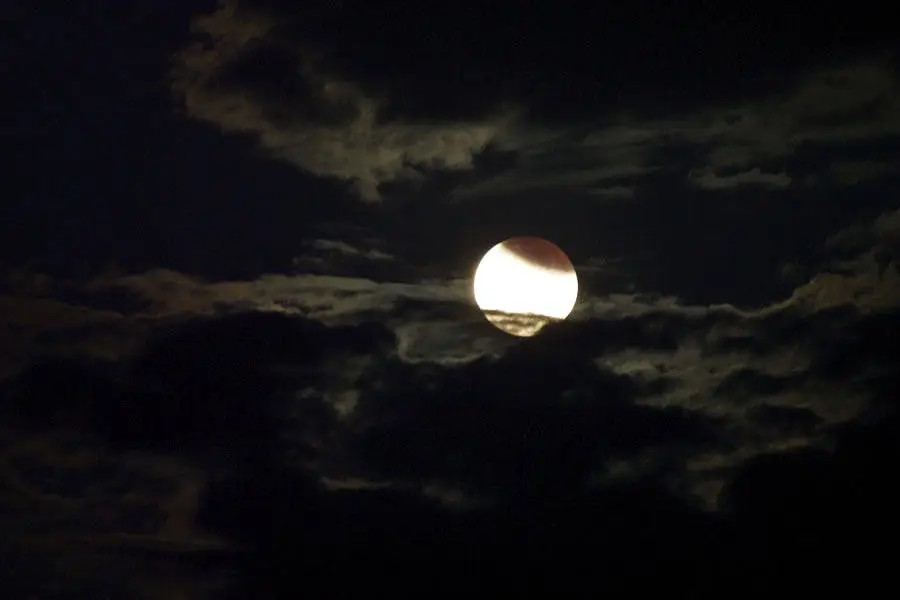By Wayne Smith
Ahh, fall is almost upon us. Autumn officially begins Sept. 23 and for many, it will mean cooler temperatures – a welcome reprieve from the summer heat.
Fall also brings football, pumpkins, and a Harvest Moon to watch for in the sky. Save the date of Tuesday, Sept. 17. With a clear sky, people in the Northern Hemisphere will see a partial lunar eclipse, making the full supermoon on Sept. 17 extra super.

In a partial lunar eclipse, the umbra – the shadow’s darkest part – “takes a bite out” of just a fraction of the Moon. The dark bite grows larger, and then recedes, never reaching the totality phase. In a total lunar eclipse, by comparison, the Earth’s full shadow falls across the face of the Moon. Learn more information about lunar eclipses here.
“From Huntsville, the penumbral phase will begin around 7:41 p.m., and people should start noticing a ‘reddish bite’ being taken out of the top part of the Moon around 9:12 p.m.,” said Bill Cooke, who leads NASA’s Meteoroid Environment Office at the agency’s Marshall Space Flight Center in Huntsville, Alabama. “The maximum eclipse will be at 9:44 p.m., and the partial phase will be over at 10:15 p.m.. The penumbral phase will end about an hour and a half later, at 11:47 p.m..”
The September full Moon is often called the Harvest Moon due to its association with autumn harvests in the Northern Hemisphere. So, bring on fall and the pumpkin spice. As Neil Young sang in his song “Harvest Moon” – “Let’s go out and feel the night.” And perhaps take a sweater. And skywatchers, grab your cameras!
Times will vary by location in the U.S., with only Alaska and Hawaii missing out on the event.
Visit here for more September skywatching tips from NASA.
Lane Figueroa
Marshall Space Flight Center, Huntsville, Ala.
256.544.0034
lane.e.figueroa@nasa.gov
